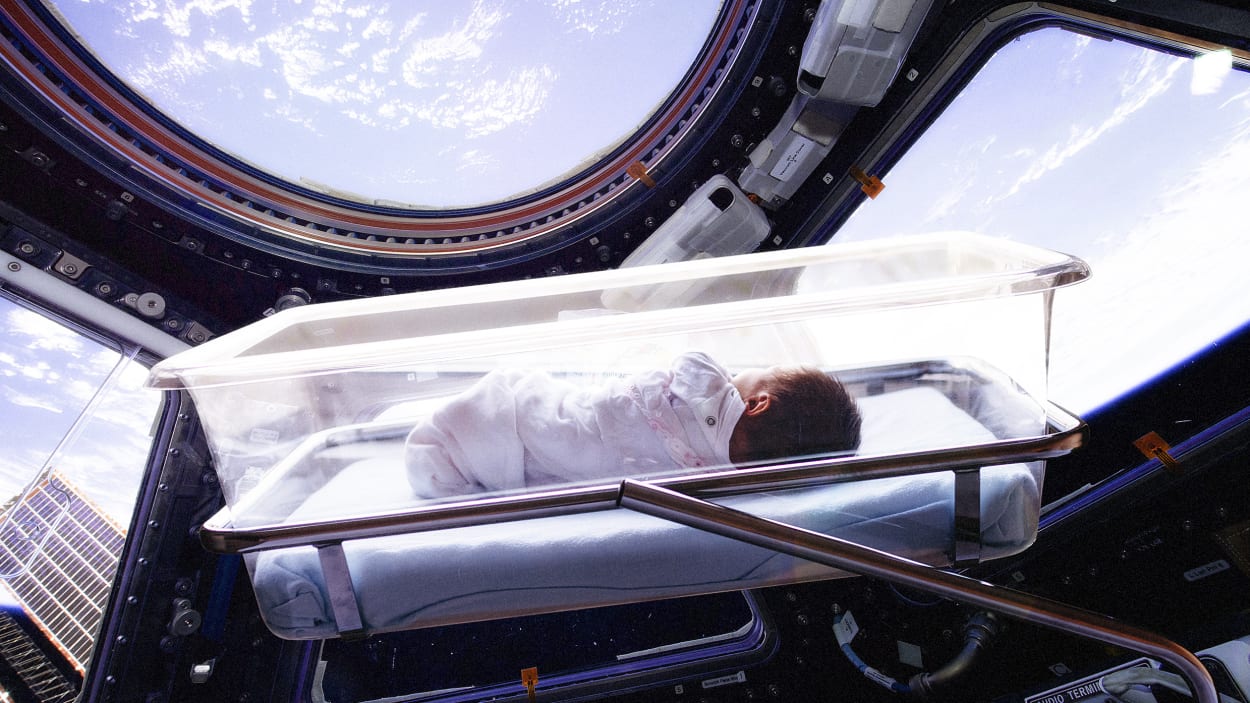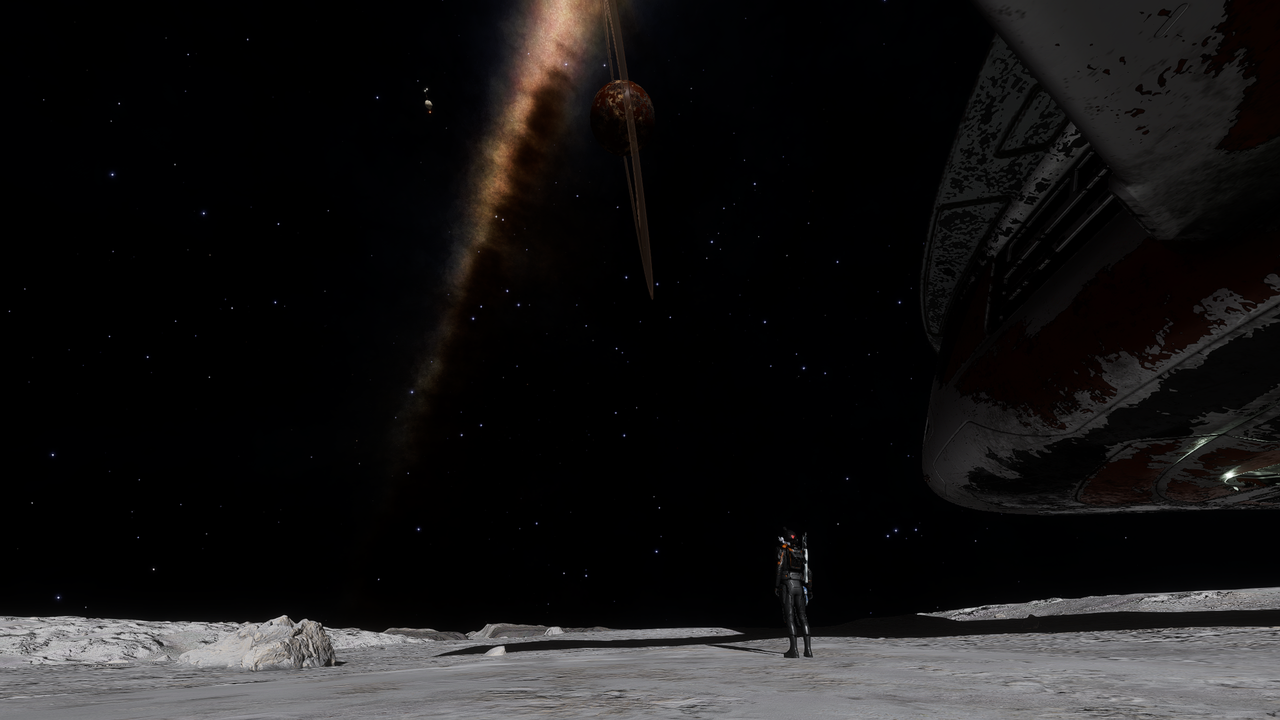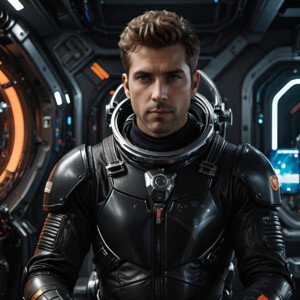JOURNEY OF A COMMANDER PART 32
21 Dec 2023Ni6h70wl
30.03.3308 - Novara Expedition Day 188_30.03.2022_20_57_05.png)

Today we reached the galactic region "The Void" and discovered strange bush-like life forms on an ice planet with an argon atmosphere. These were Tussock Capillum, this Tussock species has a squat cluster of leaves resembling thick matted hairs. From the top of these leaves sprout thick pods containing a row of round beans. Some of my scientists wondered if the stuff could be smoked. After I gave the order to move any consumers to the quarantine airlock on deck 11, the interest disappeared again. This airlock is secured in such a way that researchers who have gone mad or pathogenic material can be released into the void relatively easily.
After four more biological samples were taken on the planet, we were able to continue the journey without incident.
31.03.3308 - Novara Expedition Day 189
_31.03.2022_11_42_58.png)
Late in the evening we reached the system Flyeia Prou TY-Q c21-0 and found that planet A 3 was an Earth-like world. The gravity on this planet was a comfortable 0.7 G and the other parameters were also favourable, despite its remote location in the galaxy.
I left the supercruise and initiated an emergency landing on the planet, it was time....
01.04.3308 - Novara Expedition Day 190

image rights: Oksana Khodakovskaia/iStock, NASA
A new family member was now here, my junior commander-to-be and daughter. Everything went without complications and for easier care we stayed on planet A 3. Erikson's Star can wait a bit.
10.04.3308 - Novara Expedition Day 199
Our new crew member is taking up much more time than expected, but in the meantime I was able to continue the journey. My first officer will be absent for the rest of the voyage and will remain in the Cmdr suite and will no longer take part in the active flight. I'll have to look for a replacement when we get back home.
On 10 April 3308 at 16:42, the time had come, the Novara jumped into the system Sphiesi HX-L d7-0 also known as Erikson's Star.
Beyond the Scutum-Centaurus arm, where the Abyssal Plain and the Mare Desperationis flow into the intergalactic void, lies this system. It is currently believed to be the westernmost system in the entire galaxy, 55,104 ly west of Sol.
The system was named in honour of Leif Erikson, one of the great early explorers of ancient Earth.
Our ship is the 292nd to visit this system, apparently Erikson's Star is not as busy as Beagle Point. Still, unlike Beagle Point, I was able to stand at the westernmost celestial body and look back home. I recommend every explorer to make this trip once and enjoy this view.


11.04.3308 - Novara Expedition Day 200
_11.04.2022_20_25_24.png)
_12.04.2022_19_20_45.png)
For 200 days now we have been travelling in the depths of the Milky Way, far away from any civilisation. To secure the data from Erikson's Star we set off for the next DSSA carrier, the DSSA Hope Dempsey of Cmdr Penny Umbra. Also, after all this time in hyperspace and supercruise, our ship was in need of a new coat of paint and hull integrity restoration. The next destination of our expedition will now be Star One, the closest system to our neighbouring galaxy Andromeda.
16.04.3308 - Novara Expedition Day 205

Today we discovered a planet with a helium atmosphere, but what is really special is that crystal shards grow on it and first measurements showed high concentrations of ruthenium. Although ruthenium is not essential for an explorer, I filled up this material store before continuing.
18.04.3308 - Novara Expedition Day 207

We discovered an HMC world with an atmosphere of almost 100% oxygen.
But the density on Schee Bloae OC-K c25-0 A 2 is much too low to breathe without a helmet. Nevertheless, I discovered a type of bacterium "Volu" in the colour variation gold, which seems to be the only species living on this planet, kind of sad. After collecting the necessary samples, I moved on.
20.04.3308 - Novara Expedition Day 209
27.5 kly before Star One, we have landed on a rocky planet with a carbon dioxide atmosphere which, despite its small radius of 400 km, is home to seven biological species. Tomorrow we will collect the samples. Due to the abundance of exobiological data that I have passed on to my research team on the Novara, a small catalogue has already been compiled. This will be continuously supplemented and completed at some point.
21.04.3308 - Novara Expedition Day 210
_21.04.2022_11_52_25.png)
_21.04.2022_12_06_37.png)
_21.04.2022_12_15_39.png)
_21.04.2022_12_21_14.png)
We were able to map all life forms, there was even one that we did not know yet. So far, we have been able to determine that the greatest diversity of species occurred on planets that had a gravity between 0.04 G - 0.15 G and had carbon dioxide, water or ammonia atmospheres.
22.04.3308 - Novara Expedition Day 211
_22.04.2022_19_35_23.png)
_22.04.2022_19_56_50.png)
Over 40,000 light years from any civilisation, two explorers meet on a rocky moon orbiting a water world. CMDR Ozzie J. Isaacs, one of the most gifted explorers of our time happened to be nearby and contacted us via a subspace message.
"o7 CMDR NI6H70WL, coming to meet you, I have found a system between us. Is unknown at least in the starmap, more info as we approach.
I'm in the Dryoi Bloae HZ-M d8-43 system orbiting the moon BCD 1 a water world, looks nice."
"Roger that, I'll be right with you."
Ozzie J. Isaacs is an Elite V explorer who provides his discoveries to the Stellanebula Project squadron free of charge and presents them in the form of a trip report [link]. His expertise is second to none and his ship the Diamondback Explorer "SNPX-Boomer" has already taken Ozzie to the most distant regions of the galaxy. His fleet carrier, the "SNPX-Peter F. Hamilton" (V3L-2HN) is also never too far from his commander.
Ozzie J. Issacs specialises in Wolf-Rayet stars and giant stars, but the other star classes are not safe from his joy of discovery. The credentials of this outstanding explorer can be seen and accessed via the INARA network.
We chatted for almost a full hour and took another farewell photo, who knows when we will meet again.
"Thank you CMDR Ozzie J. Isaacs for the lovely conversation and have a good trip."
24.04.3308 - Novara Expedition Day 213

"Everybody hold on, this is going to be a tough ride." I shouted through the ship's loudspeakers.
The calculation of the entry angle into the neutron star cone was suboptimal, our ship entered sideways and was shaken accordingly.
Thanks to the size of the ship, we remained reasonably stable. Reasonably means that we were able to leave the cone without it tearing us out of the supercruise and tearing us apart in the final consequence.
One positive effect of this incident was that I took the time to examine the system we were in more closely.
The stellar remnant is 3.4 billion years old and was probably a star with 6-7 solar masses. At a distance of just under 20,000 light seconds there are still two stars of spectral class M and among their companions, 9 celestial bodies in number, there was an Earth-like world.

The joy was great, after a long time we could discovered complex and diverse life again.
At a distance of 225ls, this world orbits its two stars in just 163 Earth days and rotates on its axis within 24 hours. Normally, Earth-like worlds in systems with red dwarfs have a bound rotation, this already occurs from 300ls, why this is not the case here, my scientists may find out. After the system was mapped in detail, the Novara left Dryoi Bloae JX-A d1-5.

Just one hour later, we discovered something very special in the system Hypuehaea MZ-D d13-11, a ringed ammonia world without an existing atmosphere.
For life based on carbon and ammonia, it would not be an ideal habitat without a protective atmosphere, life on this planet is de facto dead.
Why there is no atmosphere left can only be speculated. Most likely, the massive stellar winds of the White Subgiant have blown away the atmosphere of the planets in this system.
25.04.3308 - Novara Expedition Day 214
We have been out there for 214 days now, the core systems of the Novara have to be checked slowly and maintained if necessary. These safety checks should be carried out in a protected atmosphere, especially the stellar radiation is a problem.
Already the day before, we were able to receive subspace messages from a nearby fleet carrier and tried to contact the owner.
The carrier belongs to CMDR Elfensenf, the HARI TAENGA (VFF-0KK) was in the system Juemao NE-E b16-1 at the time of contact.
"o7 Cmdr Elfensenf, this is Beluga Liner Novara, we are still a few light years away from HARI TAENGA, please confirm docking permission."
"o7 Cmdr NI6H70WL, docking permission granted, we are preparing everything for arrival."
_25.04.2022_11_33_39.png)

Shortly before noon, the Novara reached the system and set course for the fleet carrier.
When you are away from civilisation for a long period of time, the sight of a fleet carrier in space is like an oasis in the desert. Once clearance was obtained, the Novara set down for landing and now there is plenty of time to inspect the ship for faults. Many thanks to CMDR Elfensenf for the accommodation.
28.04.3308 - Novara Expedition Day 217
The power plant had slight wear and tear, the frameshift drive also had various defects and the alloy of the ship was heavily corroded by the radiation and dust particles and therefore had to be completely renewed. A small piece of rock was stuck in the inlet of the fuel collector and could therefore no longer work as efficiently.
After the ship was retreaded, it was time to say goodbye to CMDR Elfensenf and thank him for the accommodation and the great conversation. This CMDR is also a long-term explorer, with the difference to CMDR Ozzie J. Isaacs that Elfensenf chooses an area and explores all systems within a certain radius.
Time to go, next destination Byaa Thoi GC-D d12-0, also known as Star One - the closest star to our neighbouring galaxy Andromeda.
Goodbye, CMDR Elfensenf
